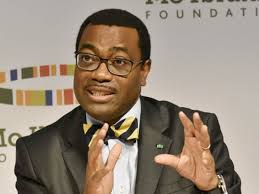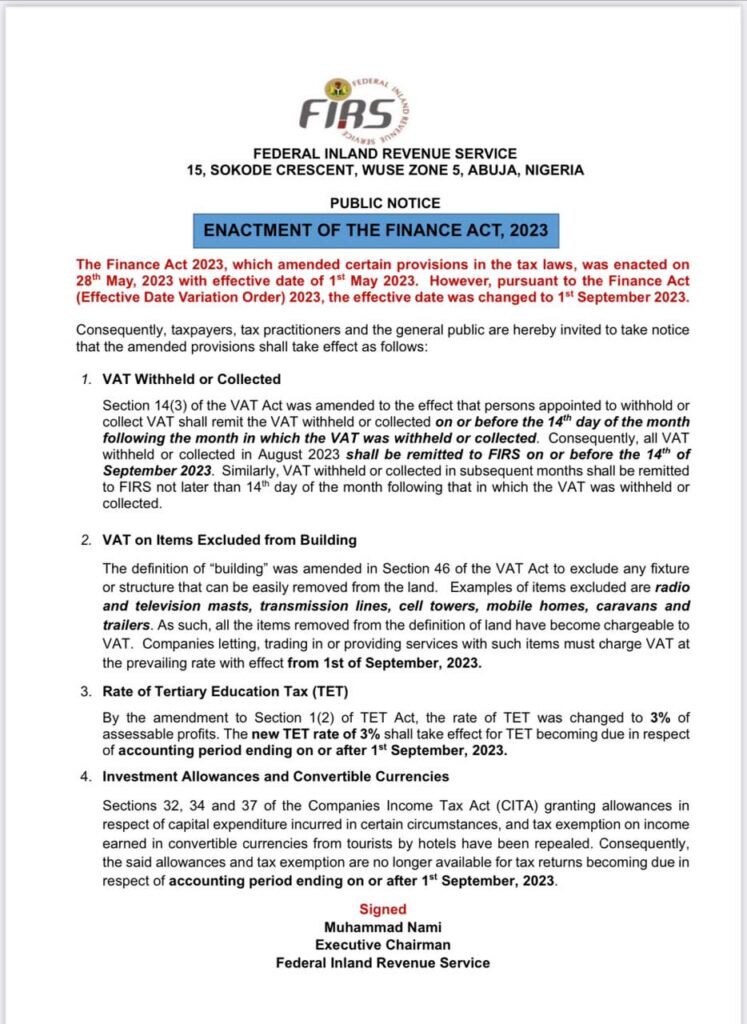The President of the African Development Bank Group (AfDB), Dr. Akinwumi Adesina, has emphasized the critical need for global leaders and multilateral development finance institutions to significantly increase financing to meet the Sustainable Development Goals (SDGs).
Adesina, who gave the charge while speaking at the Islamic Development Bank’s 50th anniversary celebrations in Riyadh, highlighted a growing annual financial shortfall of $4 trillion, a gap that threatens to derail efforts to achieve the SDGs by 2030.
The development finance banker said the current annual gap of $4 trillion, up from $2.5 trillion in 2015, had been propelled by recent global economic pressures and the lingering impacts of the Covid-19 pandemic.
He detailed the critical role of multilateral development banks in addressing these needs through increased collaboration and innovative financial solutions.
Adesina also spoke on the AfDB’s strategic High 5 programme as a cornerstone for progress, as showcased by an independent analysis by the United Nations Development Programme.
The High 5s—namely; Light Up and Power Africa; Feed Africa, Industrialize Africa, Integrate Africa, and Improve the Quality of Life for the People of Africa are not just ambitious goals but a strategic blueprint for the continent.
According to him, achieving these High 5s will mean accomplishing nearly 90% of the Sustainable Development Goals for Africa.
In this regard, Adesina highlighted five core areas where immediate action and innovative funding are crucial, namely Climate change, food security, energy access, health security, and mobilizing more resources for SDGs.
Describing climate change as the most significant challenge to achieving the SDGs, the AfDB President projected that “Africa will need $277 billion per year to address climate change, yet it receives only $30 billion annually”, adding that the bank “has set a target to raise $25 billion for climate adaptation by 2025.”
He also addressed the issue of volatile food prices exacerbated by geopolitical conflicts, supply disruptions and trade restrictive practices of some major food exporters, pointing out that AfDB has commitment of $25 billion to support Africa become self-sufficient in food by 2030.
In addition, Adesina spoke on the disparity in electricity access, where over 675 million people worldwide lack electricity with 80% of them in sub-Saharan Africa, and underscored the Bank’s efforts through the Desert-to-Power initiative.
According to him, through the project the development bank is developing 10,000 megawatts of solar power across the Sahel and will provide electricity access for 250 million people.
On health security, the AfDB President explained that with a significant gap in health services in Africa, there was need for increased investment in health infrastructure and local pharmaceutical capacities to prepare for future pandemics.
He maintained that the current annual investment of $4.5 billion in health infrastructure as significantly insufficient when measured against the actual need of $25 billion.
Adesina further emphasized the need for self-reliance in healthcare, particularly in preparation for future pandemics, citing the hard lessons that Africa learned from the Covid-19 pandemic.
He disclosed that to counteract this, the AfDB Group had committed $3 billion towards quality health infrastructure and a further $3 billion for developing the pharmaceutical industry in Africa.
The development finance banker said that substantial investment was to facilitate the production of medicines and vaccines directly on the continent, bolstered by the creation of the Africa Pharmaceutical Technology Foundation, which aims to broaden access to vital technologies and intellectual property rights.
Addressing the need for innovative financing, Adesina spoke of groundbreaking steps taken by the AfDB, such as the issuance of $750 million in landmark hybrid capital.
He also underscored the pivotal role of the private sector in scaling up SDG investments from billions to trillions as well as harnessing the power of the $128 trillion in global institutional investor assets through more extensive use of guarantees, development of investable projects, and addressing foreign exchange and currency risks.






